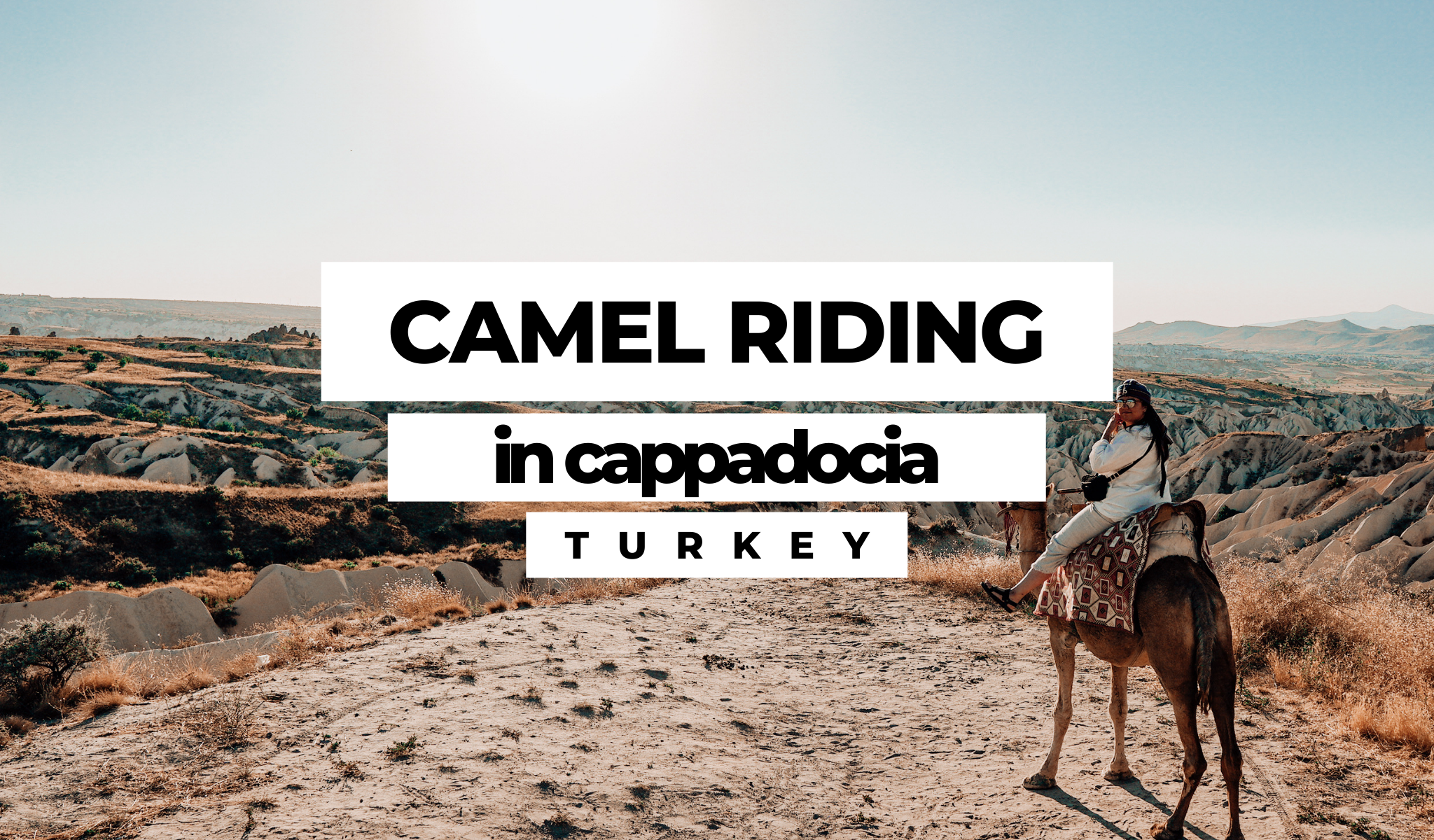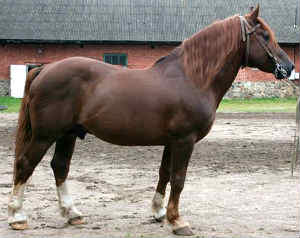

Ĭamels are able to withstand changes in body temperature and water consumption that would kill most other animals. This facilitates the flow of red blood cells during dehydration and makes them better at withstanding high osmotic variation without rupturing when drinking large amounts of water: a 600 kg (1,300 lb) camel can drink 200 L (53 US gal) of water in three minutes. Unlike other mammals, their red blood cells are oval rather than circular in shape. Ĭamels have a series of physiological adaptations that allow them to withstand long periods of time without any external source of water. The Horn of Africa has the world's largest population of camels. This fat metabolization, while releasing energy, causes water to evaporate from the lungs during respiration (as oxygen is required for the metabolic process): overall, there is a net decrease in water.

When this tissue is metabolized, it yields more than one gram of water for every gram of fat processed. The humps are actually reservoirs of fatty tissue: concentrating body fat in their humps minimizes the insulating effect fat would have if distributed over the rest of their bodies, helping camels survive in hot climates. Ĭomparative table of the 6 camel-like mammals in the family Camelidae (ordered by weight): Camel-like mammalĬamels do not directly store water in their humps as was once commonly believed. Camels are the only ungulates to mate in a sitting position. The male usually ejaculates three or four times within a single mating session. Camels mate by having both male and female sitting on the ground, with the male mounting from behind. It resembles a long, swollen, pink tongue hanging out of the side of its mouth. The male dromedary camel has in its neck an organ called a dulla, a large, inflatable sac he extrudes from his mouth when in rut to assert dominance and attract females. Camels can run at up to 65 km/h (40 mph) in short bursts and sustain speeds of up to 40 km/h (25 mph). A full-grown adult camel stands 1.85 m (6 ft 1 in) at the shoulder and 2.15 m (7 ft 1 in) at the hump. The average life expectancy of a camel is 40 to 50 years.

"Camel" is also used more broadly to describe any of the six camel-like mammals in the family Camelidae: the two true camels, and the four South American camelids: the llama and alpaca are called "New World camels", while the guanaco and vicuña are called "South American camels". The term "camel" is derived via Latin and Greek ( camelus and kamēlos respectively) from Hebrew or Phoenician gāmāl, possibly from a verb root meaning to bear or carry (related to Arabic jamala).


 0 kommentar(er)
0 kommentar(er)
